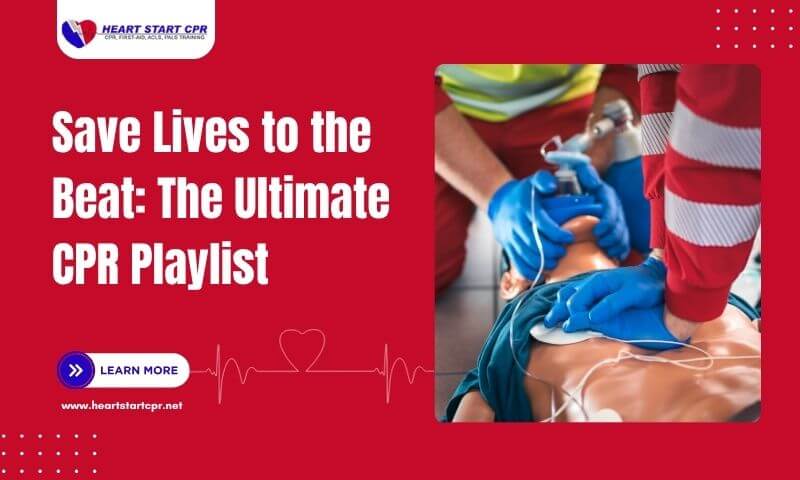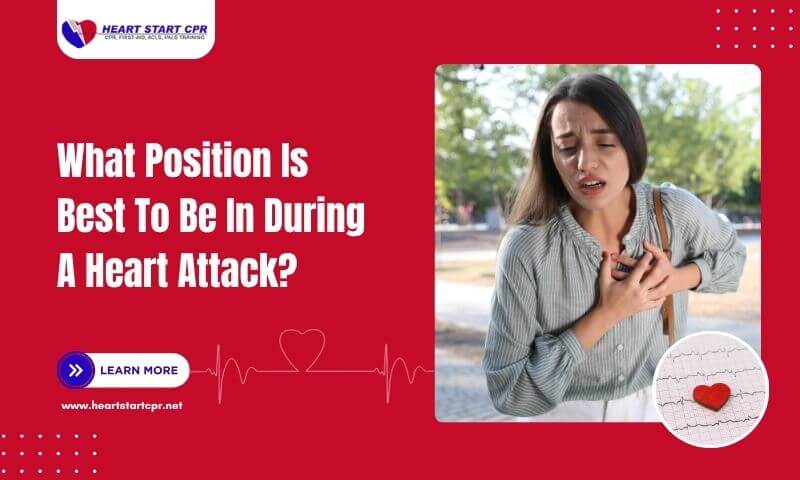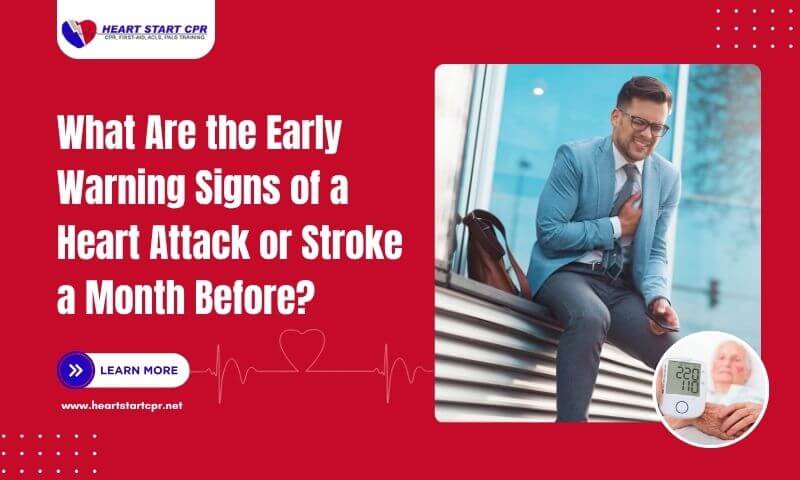Have you ever wondered if you can have more than one heart ablation? You’re not alone. A heart ablation is a procedure that helps correct irregular heartbeats, also known as arrhythmias. For many people, one treatment is enough to fix the problem, but in some cases, the irregular heartbeat may return. When this happens, doctors may recommend another ablation to improve the results and restore a normal heart rhythm.
Heart ablation is a minimally invasive procedure that uses heat or cold energy to destroy small areas of heart tissue, causing abnormal electrical signals. This helps the heart maintain a steady rhythm and beat normally. In this blog, we will explore why repeat procedures are sometimes necessary, how many ablations you can safely have, and what to expect if you need another one.
What is Heart Ablation?
Heart ablation is a medical procedure used to treat irregular heartbeats, also known as arrhythmias. It works by destroying small areas of heart tissue that send out abnormal electrical signals, which cause the heart to beat too fast, too slow, or unevenly. During the procedure, a thin, flexible tube called a catheter is inserted through a vein, usually in the groin, and carefully guided to the heart.
Once the catheter reaches the targeted area, doctors use heat (radiofrequency ablation) or cold energy (cryoablation) to create tiny scars that stop abnormal electrical signals. These two main types of heart ablation help restore a steady heartbeat and are often recommended when medications don’t work. The procedure effectively treats conditions like atrial fibrillation, supraventricular tachycardia, and other rhythm disorders.
Types of Heart Ablation: Radiofrequency vs Cryoablation
There are two main types of heart ablation procedures: radiofrequency ablation and cryoablation. Both aim to treat irregular heartbeats by targeting the areas of the heart causing abnormal electrical signals, but they use different techniques to do so.
1. Radiofrequency ablation
Radiofrequency ablation is a widely used procedure that employs heat energy generated by high-frequency electrical currents to precisely destroy small areas of heart tissue responsible for abnormal electrical signals. By creating tiny, controlled scars in these targeted regions, the treatment effectively blocks the faulty pathways and helps restore a regular heart rhythm.
This method is particularly effective for treating conditions such as atrial fibrillation, atrial flutter, and supraventricular tachycardia. It is a minimally invasive procedure with a high success rate and a relatively short recovery period.
2. Cryoablation
Cryoablation is a minimally invasive procedure that uses extreme cold to freeze and disable the heart tissue responsible for abnormal electrical signals. Unlike radiofrequency ablation, which uses heat, cryoablation creates controlled ice lesions that safely block faulty pathways while allowing doctors to test the area before making permanent changes. This makes it especially suitable for treating arrhythmias near sensitive heart structures, such as the atrioventricular (AV) node, where precision is crucial.
The procedure is commonly used to manage conditions like atrial fibrillation and supraventricular tachycardia (SVT), offering a safe and effective way to restore normal heart rhythm and improve overall quality of life. For a clearer understanding of how SVT is identified and treated during such procedures, you can explore our detailed Supraventricular Tachycardia Algorithm, which outlines the step-by-step clinical approach recommended by the latest AHA guidelines.
How Many Times Can You Safely Undergo a Heart Ablation?
Many people wonder how many heart ablations they can safely have in a lifetime, or if it’s safe to undergo the procedure more than once. The good news is that repeat ablations are possible and, in some cases, necessary if irregular heartbeats return after the first treatment. While most patients only need a single ablation, others may require a second, or even third, procedure, depending on the type of arrhythmia and how their heart responds.
Doctors carefully evaluate each case before recommending another ablation to ensure it’s safe and effective. Factors like the patient’s overall health, the heart’s condition, and the success of previous procedures are considered. Repeat ablations can significantly improve heart rhythm and quality of life, making it a valuable option for those whose symptoms persist despite the first treatment.
Risk and Consideration of Multiple Ablations
It is generally safe to undergo multiple heart ablations, but it carries certain risks that patients should be aware of. Each procedure involves manipulating the heart tissue, which can lead to complications, especially when repeated. Understanding these risks can help you make an informed decision about whether a second or third ablation is right for you.
Key Risks and Considerations:
1. Increased Risk of Complications
Undergoing repeat ablations can slightly elevate the likelihood of procedural complications such as bleeding, infection, or vascular injury. These risks arise due to repeated catheter insertions and prolonged exposure to anesthesia or ablation energy. While the overall risk remains low in experienced hands, patients should discuss all potential side effects with their cardiologist before scheduling another procedure.
2. Scar Tissue Formation
Each ablation procedure intentionally creates small lesions to block abnormal electrical signals, but multiple sessions can result in excessive scar tissue buildup within the heart muscle. Over time, this fibrotic tissue may alter normal conduction pathways or affect the heart’s pumping efficiency. Careful mapping and imaging help minimize this risk and ensure ablations are performed only when clinically necessary.
3. Heart Rhythm Recurrence
Despite successful ablation, arrhythmias such as atrial fibrillation or supraventricular tachycardia may occasionally reappear due to new electrical triggers or incomplete isolation of faulty pathways. This recurrence doesn’t always indicate failure but may require medication adjustments or additional procedures. Continuous monitoring and early follow-ups are crucial for long-term rhythm stability.
4. Longer Recovery Time
With each additional ablation, the body may take longer to heal, especially if more tissue has been treated. Patients might experience temporary chest discomfort, fatigue, or mild swelling at the catheter site. Physicians usually recommend limiting strenuous activity for several days and attending all scheduled follow-up appointments to ensure proper recovery.
5. Potential Need for Alternative Treatments
If multiple ablations fail to achieve lasting results, doctors may explore alternative therapies such as antiarrhythmic medications, pacemaker implantation, or even surgical ablation. These options depend on the type and severity of the arrhythmia, as well as the patient’s overall heart function. A multidisciplinary approach often helps in choosing the most effective long-term management strategy.
6. Individual Health Factors
Personal health conditions such as age, hypertension, diabetes, or structural heart disease can significantly influence both the risks and outcomes of repeat ablation procedures. Patients with weakened heart function or other comorbidities may require special pre-procedure evaluations and tailored treatment plans. Understanding these individual variables ensures safer and more effective results.
When to Consult Your Doctor About Another Ablation?
It’s important to consult your doctor if you notice that irregular heartbeats return after a heart ablation. Signs such as persistent palpitations, dizziness, shortness of breath, or chest discomfort may indicate that a repeat procedure is needed. Even if symptoms seem mild, timely medical evaluation can prevent complications and improve long-term heart health.
While heart ablation is generally safe, it’s extremely rare but possible for serious complications like cardiac arrest to occur during or after the procedure. In such emergencies, Performing CPR (cardiopulmonary resuscitation) is required to stabilize the patient. Discussing your symptoms and any concerns with your cardiologist ensures that they can determine whether another ablation is necessary and prepare for any potential risks, including emergency interventions like CPR if needed.
Conclusion: Is a Repeat Heart Ablation Right for You?
If your irregular heartbeats return after a heart ablation, a repeat procedure may be the best option to restore a normal rhythm and improve your quality of life. While most patients need only one ablation, some may require a second or even third procedure depending on their arrhythmia and overall heart health.
It’s important to consult your cardiologist to discuss your symptoms, risks, and recovery expectations. By following medical advice, attending follow-ups, and maintaining a heart-healthy lifestyle, repeat heart ablations can be safe, effective, and help you maintain a steady, healthy heartbeat. For healthcare professionals, staying prepared for cardiac emergencies is crucial. Consider taking ACLS and PALS training from Heart Start CPR to enhance your skills and provide life-saving care when it matters most.



















